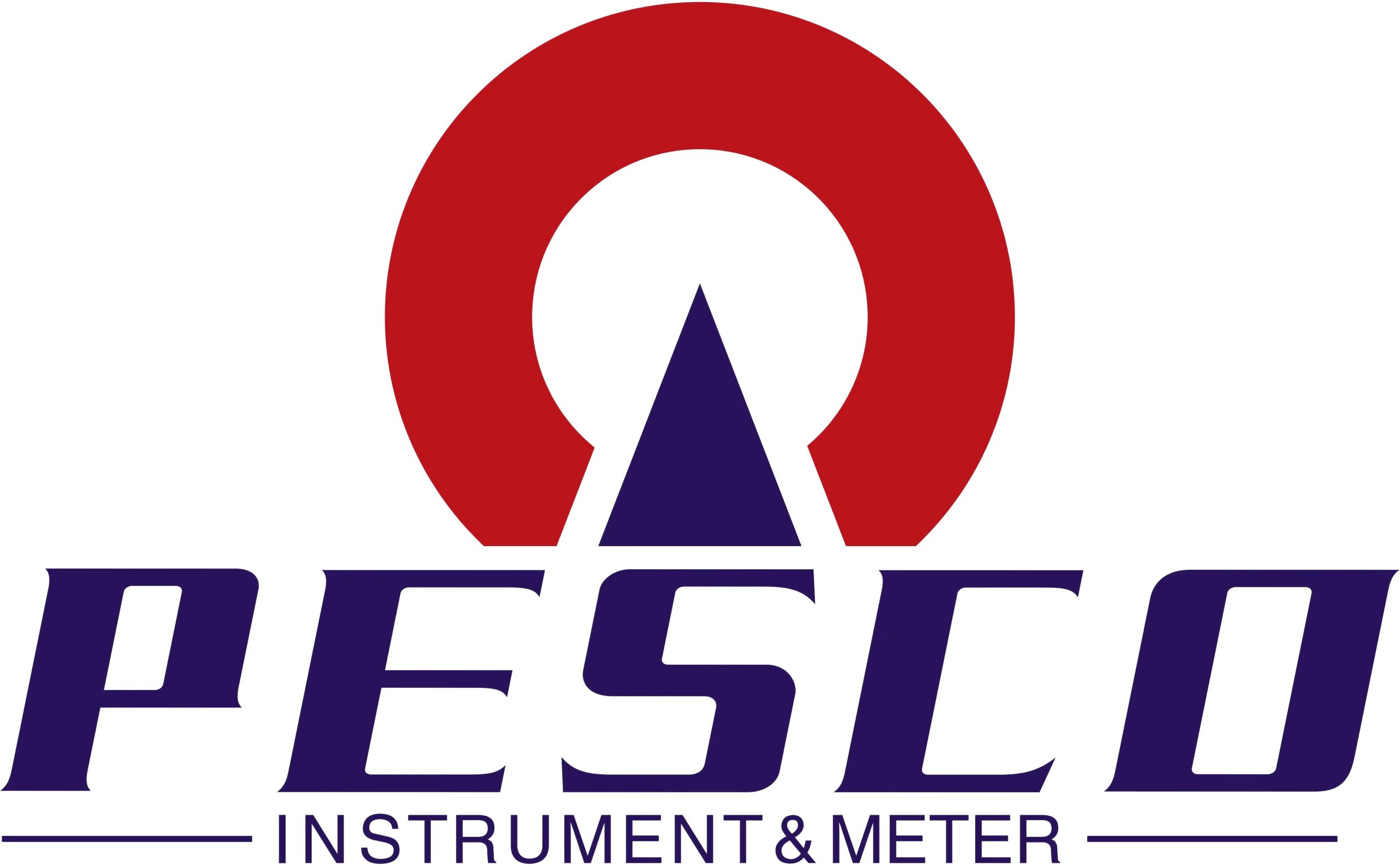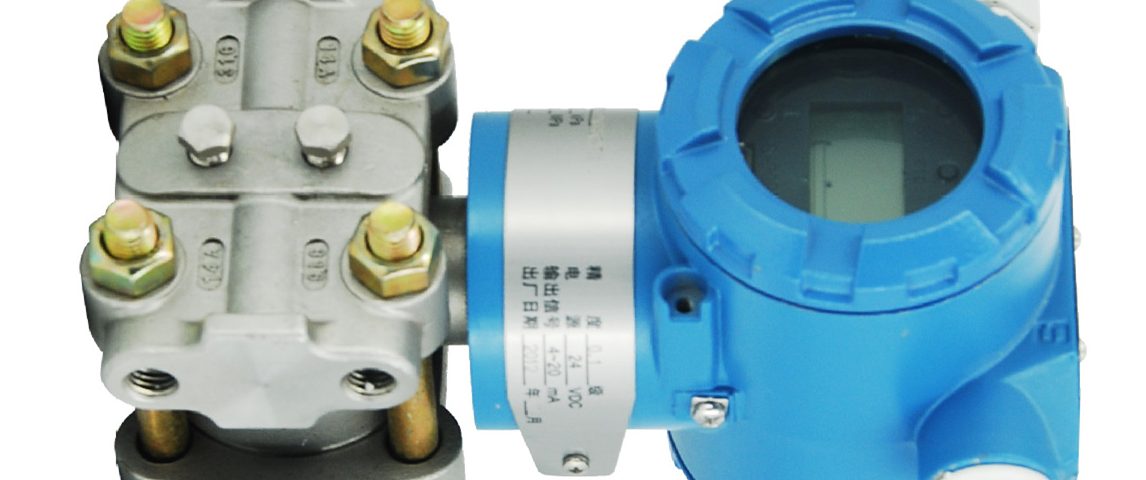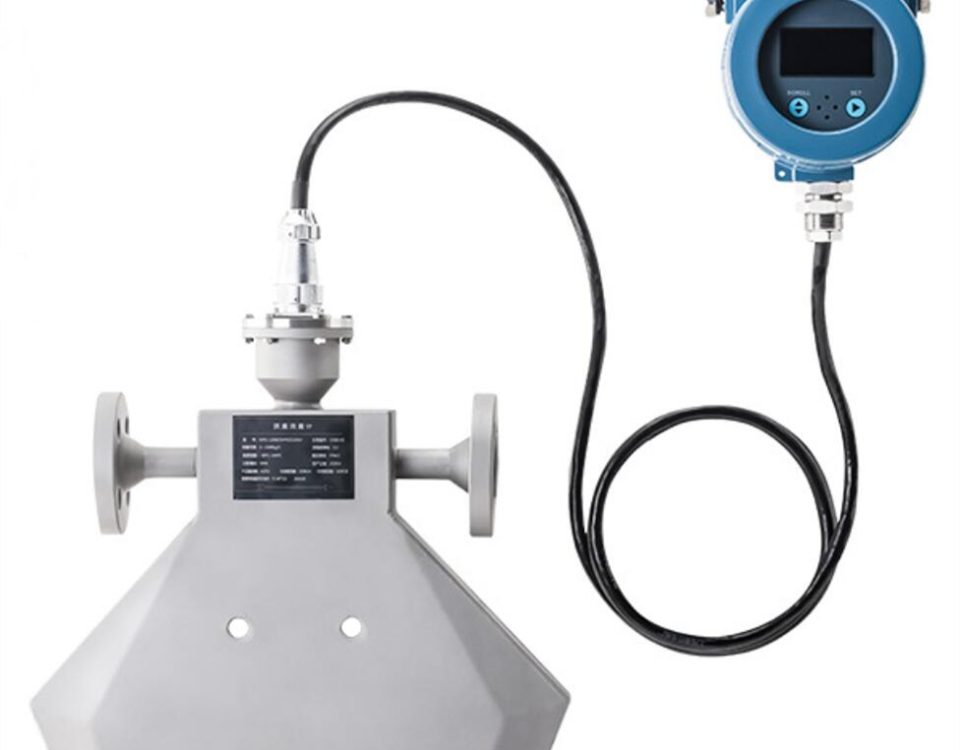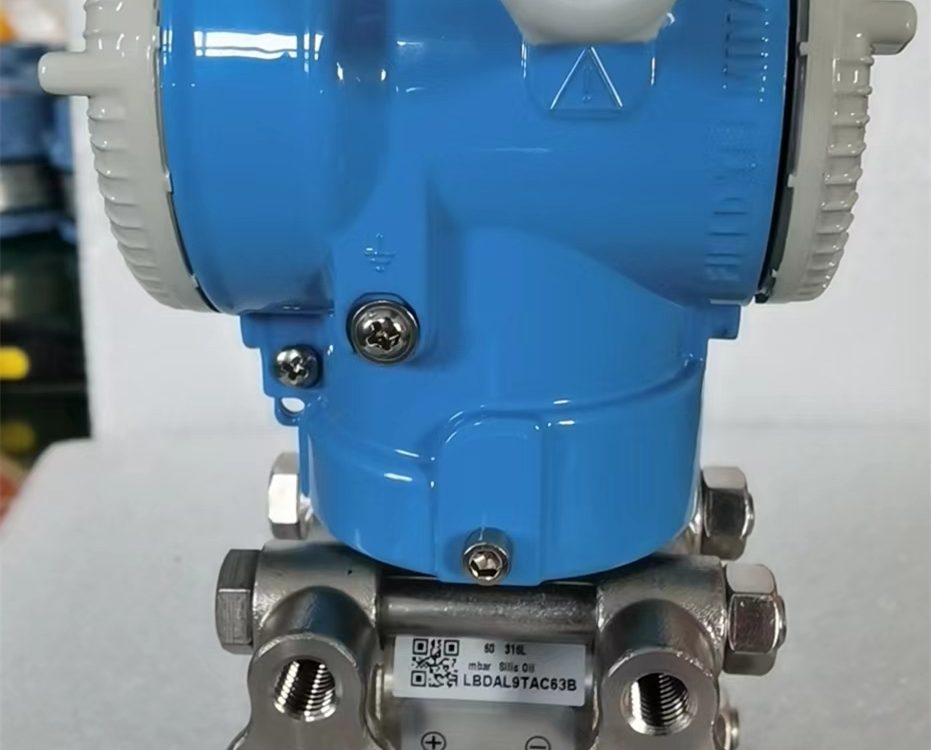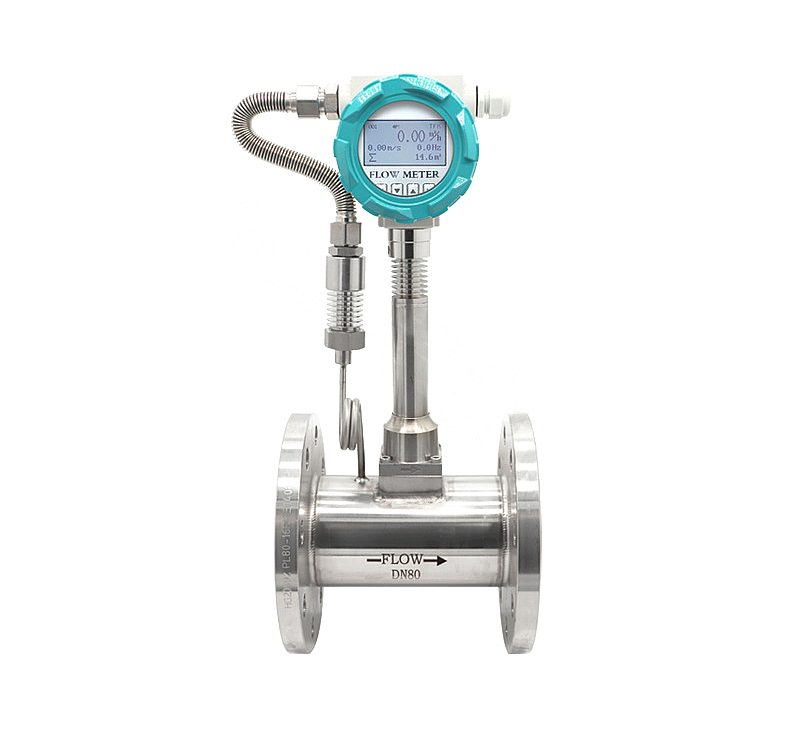
Air Flow Measurement is Possible with a Differential Pressure Transmitter
2024-05-17
Differential Pressure Transmitter: The Key to Proper Air Pressure Maintenance
2024-05-21Hydraulic potential energy is a crucial factor in understanding water flow dynamics and measuring it accurately can provide valuable insights into environmental and engineering systems. With the help of differential pressure transmitters, hydraulic potential energy calculations can be made easily and accurately.
How does a differential pressure transmitter work?
A differential pressure transmitter consists of a sensing element, a signal processor, and output devices. The sensing element measures the difference in pressure between two points in a fluid system, such as upstream and downstream of a flow meter, a filter, a valve, or a pipeline constriction. The signal processor converts the difference in pressure into an electrical signal proportional to the flow rate, which can be transmitted to a display, a control system, or a remote device.
The sensing element of a differential pressure transmitter usually relies on one of two technologies: strain gauges or capacitance sensors. Strain gauges use a metal foil bonded to a flexible diaphragm that deforms under pressure. The strain gauge detects the change in resistance due to the deformation of the diaphragm. Capacitance sensors use a ceramic or silicon diaphragm coated with a metal layer that forms two parallel plates. The capacitance between the plates changes as the diaphragm deflects under pressure.
What are the advantages of differential pressure transmitters?
Differential pressure transmitters offer several advantages over other flow measurement methods, such as ultrasonic, magnetic, vortex, or Coriolis meters. Firstly, they are relatively simple and cost-effective, especially for small and medium-sized pipes. Secondly, they can handle a wide range of fluids, including liquids, gases, and steam. Thirdly, they are highly accurate and stable, with a typical error range of +/-0.5 to 1.0% of full scale. Fourthly, they can provide real-time and continuous measurements, which are essential for monitoring and controlling flow dynamics.
What are the features of PESCO’s differential pressure transmitters?
PESCO’s differential pressure transmitters offer numerous features that make them ideal for a wide range of applications:
– Advanced single-crystal silicon sensor technology: ensures high accuracy, stability, and reliability in harsh environments
– Capacitive sensing technology: offers high sensitivity, zero stability, and low hysteresis in fluid systems
– High anti-interference: resistant to electromagnetic interference, radio frequency interference, and vibration
– Easy installation and operation: with a variety of debugging methods, such as on-the-spot button, hand operator, and communications software
– Multiple outputs: such as 4-20mA, 0-5V, 0-10V, and RS485/232, compatible with various instruments and controllers
– Customization and technical support: based on customer requirements and expert advice from our engineers.
In conclusion, differential pressure transmitters are versatile and reliable tools for measuring hydraulic potential energy in fluid systems. PESCO’s differential pressure transmitters offer advanced technologies, high-performance features, and customized solutions for various applications. Whether you need to monitor the water flow for environmental studies, optimize water use in agriculture, or control fluid processes in the industry, PESCO’s differential pressure transmitters can meet your needs.
